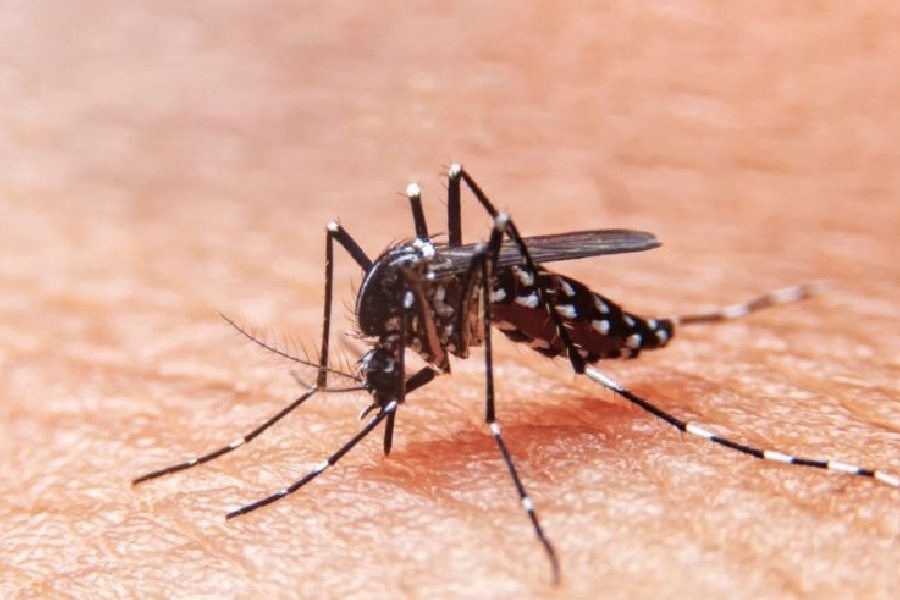A landmark study from India has found that primary, or first-time, dengue infections can lead to severe disease, challenging a widely held belief that severe dengue is mainly caused by second-time infections by a different dengue virus.
Indian and US medical researchers who analysed the disease patterns in a sample of 619 children with dengue in Bangalore, New Delhi and Vellore have documented similar frequency of severe disease in patients with primary and secondary infections.
The findings are surprising because evidence from Cuba, Thailand and elsewhere since the 1960s has bolstered a hypothesis that severe dengue most commonly occurs in patients infected a second time by a different dengue strain after a first-time, or the primary, infection. There are four dengue viruses.
“Our new results suggest that primary infections can be equally dangerous,” said Guruprasad Medigeshi, a scientist and member of the study team at the Translational Health Science and Technology Institute (THSTI), Faridabad (Haryana).
The findings are “ground-breaking and challenge the entrenched notion about dengue severity”, said Satish Koul, director of internal medicine at the Fortis Memorial Research Institute, Gurgaon, who was not associated with the study.
In their joint study, researchers at Emory University in the US and the All India Institute of Medical Sciences, New Delhi, and the THSTI began tracking dengue infections in young children in 2013.
Their preliminary results in 2016 based on a sample of 100 children — all at AIIMS — indicated that primary infections accounted for about 30 per cent of the severe disease.
The researchers then collaborated with doctors at the St John’s National Academy of Health Sciences, Bangalore, and the Christian Medical College, Vellore, and expanded the study to include 619 children.
Their analysis, published on Tuesday in the journal Nature Medicine, has found similar levels of severe disease in primary and secondary infections — severe disease in 32.55 per cent of the 344 children with primary infections and in 32.72 per cent of the 275 children with secondary infections.











